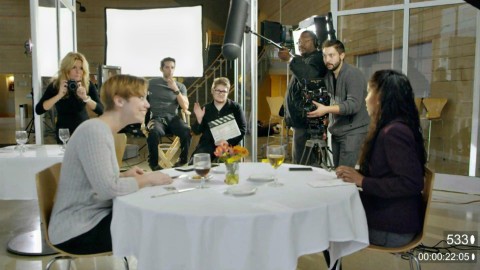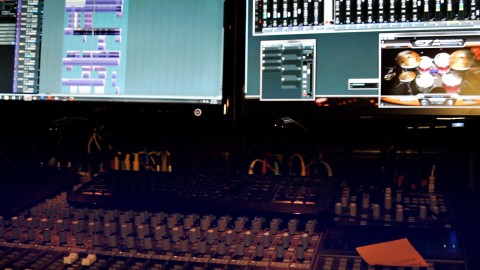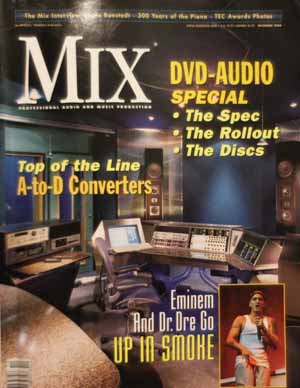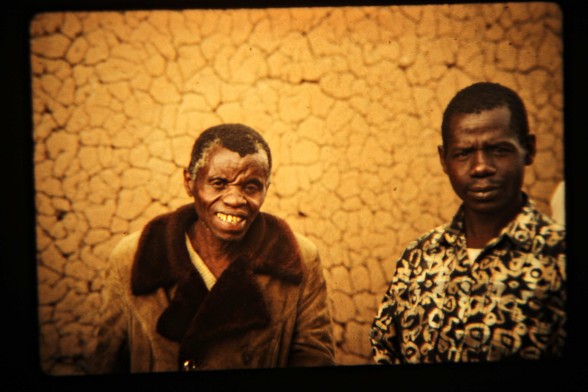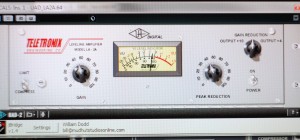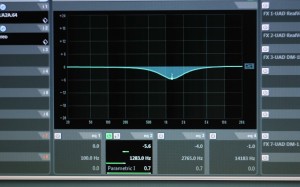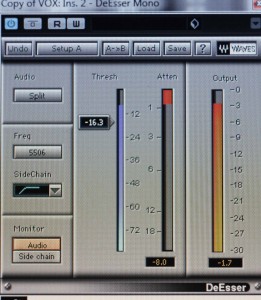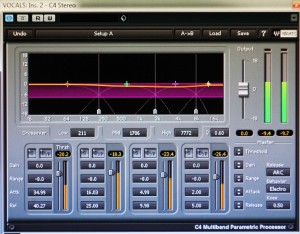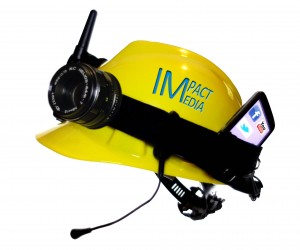Hundreds of articles have been written about the fall of the music industry, but there’s a story I tell clients when the conversation turns to it. I finally went back and researched the two articles I talk about. This is Part One.
Don’t ask me how I remembered this article, but I did. While that may seem miraculous enough, it’s nothing compared to the luck I needed in finding the story again. …There were reasons that I kept these old industry magazines… Those reasons elude me now… wait… isn’t that the definition of a hoarder?
Anyway, the story was buried in between the pictures of million dollar studios and ads for the equipment featured in those studios. The piece wasn’t listed on the cover, or even pushed to the back page as a final statement. Borrowing the title of an older REM song, “The End of World as We Know it”, it was hidden in plain sight on page 26.
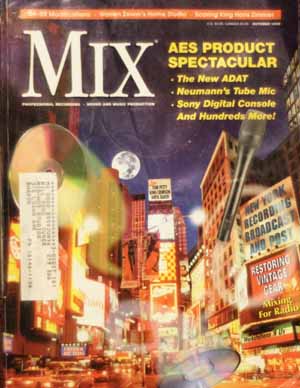 I was a subscriber to MIX magazine for about a decade beginning in the mid nineties. At that time, MIX was generally accepted as the premiere industry magazine for recording and sound-for-film studios. I remembered this article from one of the issues (Ken C. Puhlmann and David G. Lampton,”The End of the World as We Know It,” MIX October, 1995, pp. 26-31, p 352) . The authors did an excellent job of laying out the possible future for the audio industry.
I was a subscriber to MIX magazine for about a decade beginning in the mid nineties. At that time, MIX was generally accepted as the premiere industry magazine for recording and sound-for-film studios. I remembered this article from one of the issues (Ken C. Puhlmann and David G. Lampton,”The End of the World as We Know It,” MIX October, 1995, pp. 26-31, p 352) . The authors did an excellent job of laying out the possible future for the audio industry.
“The advent of the World Wide Web marks the beginning of a new era, an era of shared knowledge and distributed computing. Every day, billions of bytes of data are donated to online archives around the world. It is not unreasonable to assume that nearly the whole of human knowledge will one day reside on networked computers.” They go on to say, “The most popular service providers are Prodigy, Compuserve and America Online…most providers allow Internet access, and recently, some providers have added Web access; several have even provided the ability for individual users to create their own Web pages.” The authors recommended using dial-up speeds of al least 14.4 kbps because “the relatively large file sizes would preclude slower connections”.
“One of the most dramatic changes engendered by the Web may be the dwindling role of the record companies themselves. The Internet will spawn an online independent music industry in which the Web-savvy musician will no longer have to compete for the attention of a record company to disseminate music.” Given the prior comments, their final paragraph would have seemed really over the top for 1995. “The world has changed; to compete and participate, each of us must change as well. The sword has been withdrawn from its sheath; the blade glitters in the flickering light. Position the sword carefully. Now, fall upon it. Your re-birth awaits you.”
Among the many ads in this issue for now-defunct products and companies was a turnkey, computer recording system that boasted a 17″ CRT monitor…for the “unbeatable price” of $9,995.00. Ouch!
The music industry had begun to think of itself as an institution. They made the rules. They told us what music to like, what music to listen to, and what music to buy. What… do you think it was the independent-minded college radio DJ’s that discovered “the next big thing?” Those stations were actively marketed to by major label subsidiaries. The music industry was clearly in the drivers seat. Sales were steadily rising, and by 1999, they would report all-time-high revenues of 14.6 billion dollars. How could they go wrong? What a lesson! As business owners, we need to be careful not to tell our customers what they want.
In Part Two, we’ll jump forward five years to December of 2000.



